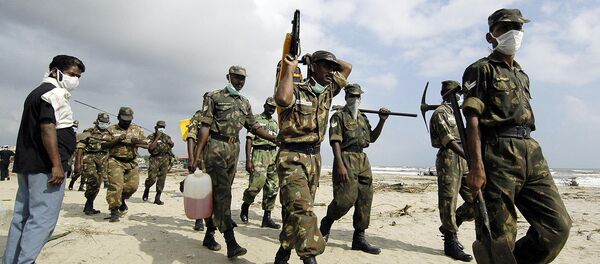A draft of the report was written at the conclusion of a four-day exercise convened by government officials and emergency managers held in June called "Cascadia Rising." The meeting, which had an attendance of about 23,000 people, sought to hash out plans for feeding and sheltering masses of people in case of a "catastrophic disaster."
State officials said current response regulations are "grossly inadequate," and the assessment reports that Washington would be "at risk of a humanitarian disaster within 10 days" following an earthquake.
The report summarizes that law enforcement, first responders and emergency managers, "have not sufficiently planned and rehearsed for a catastrophic event where they themselves are in the impact zone."
Researchers have recently found that the Pacific Northwest is more vulnerable to large earthquakes than previously believed, with 8.0- to 9.0-magnitude quakes hitting Washington and Oregon nearly every 230 years. With the last earthquake of that size striking around 315 years ago, some scientists suggest that the region is overdue for another large-scale temblor.
The state’s Emergency Management Division is calling for annual allotment of $75,000 to encourage residents to have enough provisions to last them two weeks, or until emergency services can be rendered, according to the Seattle Times.
One official suggested that the Olympic Peninsula, an area that could be cut off from aid if bridges and roads are damaged, could need to sustain themselves for up to a month.
Tara Lee, a spokeswoman for Governor Jay Inslee said, "We know this is an issue that will require strong coordination at every level of government."
Robert Ezelle, the director of Washington Emergency Management, said, "Everything we depend on to live our 21st-century lives is going to be significantly degraded or eradicated…The needs are going to be immediate, they are going to be urgent and they are going to be overwhelming."
The report concluded that "A massive response will be required. The scale of damage to critical infrastructure that would be caused by a full rip of the entire fault line would be massive and affect millions of people from the coast through the I-5 corridor to the Cascades from British Columbia to Northern California."
Clallam County emergency coordinator Penny Linterman remarked, "What you have on hand when this occurs is how you're going to survive."





